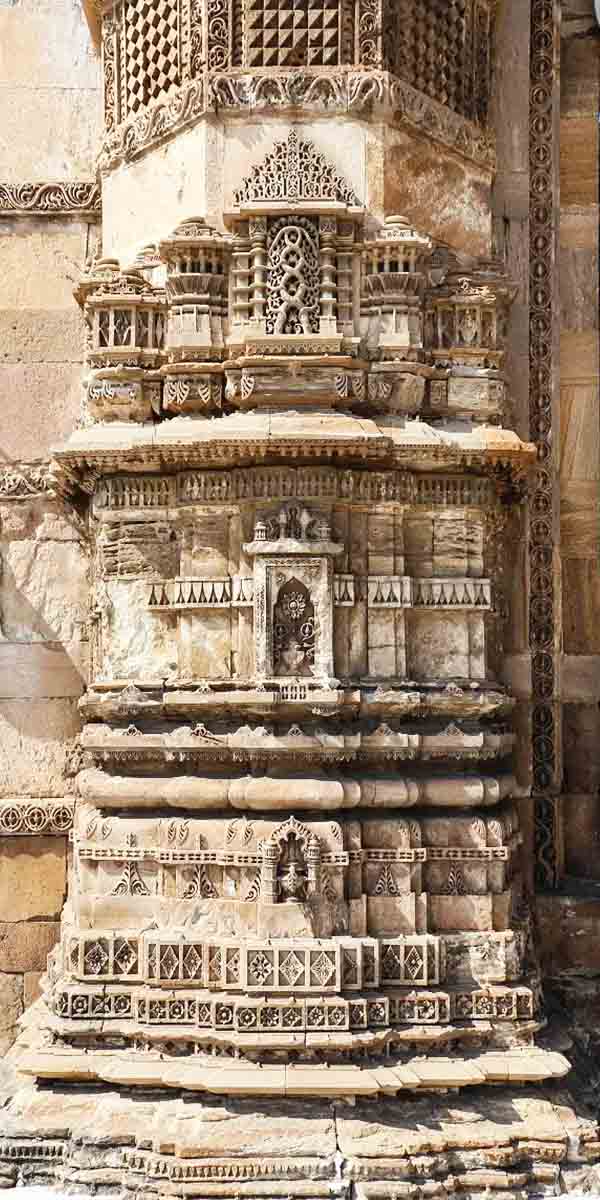The mighty Paramaras who ruled over Malwa and surrounding areas of west central India between the 9th – 14th century built some of the most magnificent temples, halls, dharmashalas and palatial quarters that stand as a testimony to their architectural and structural ingenuity, creative and artistic excellence and literary and philosophical mastery. A few of their architectural masterpieces can be seen in the historical city of Bhadra, now known as Ahmedabad.
The famous Bhadrakali Temple built in honour of their Kuladevi Goddess Bhadrakali during their glorious reign unfortunately fell prey to Ahmad Shah of the Gujarat Sultanate. This radical Muslim barbarian went on a rampage and destroyed the temple, desecrating the garbha griha and converting this once splendorous edifice into a mosque that has since been known as Jami Masjid.
The mosque was built using the existing temple structure in 1424 CE and there is sufficient evidence to back this up. A quick look around the mosque will make you wonder how the orthodox Mohammedans have allowed prayers to continue in this site which exudes Hindu culture, history, art and heritage everywhere you turn.
The entrance courtyard has remnants of the traditional Deepa Sthamba, kunds and what looks like entrances to bathing ghats. The original pillars in front of the main mosque are profusely decorated with floral and foliage motifs, mandala patterns, snakes, elephants, musicians, celestial dancers, bells, sages and gods and goddesses in their miniature niches. Detailed carved panels depicting stories from the Puranas, the Mahabharat, the Ramayana and forms of Devi are found all over the site.
The pillared walkways are also the same with decorative Hindu elements and architectural details on each pillar from the capital to the base. In fact, the main prayer room has domes that have the typical lotus patterns and receding octagonal roofs and beams with intricate jali work. It is indeed baffling that the prayer halls supported by pillars with rich ornamentation and auspicious Hindu iconography are still being used.
A comprehensive ASI survey will be interesting.
Written by Lakshmi Subramanian


Leave a comment